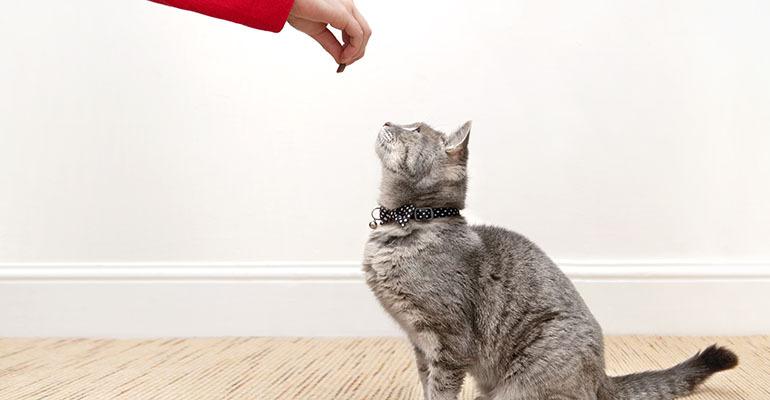U.S. retail sales of dog and cat treats were expected to reach $9.87 billion by the end of 2021, after two years of double-digit increases, according to Packaged Facts’ Pet Treats and Chews in the U.S. report.
Sales growth in treats has consistently outpaced the more mature pet food market and pet supplies in general, the report noted, and this growth accelerated with the COVID-19 pandemic. “Pet owners spending more time at home with their pets has translates into more opportunities for treat-giving,” said Packaged Facts analyst Shannon Brown, “and an increased focus on health and wellness has resulted in more interest in functional treats.”
Pet owners have become more strategic about the types of treats they purchase, favoring treats with a better nutritional profile and cutting back on those perceived as “empty calories.” In a related crossover from the human food industry, a significant share of pet treat buyers are interested in alternative protein or vegetarian options, due to environmental or animal welfare as well nutritional concerns.
Packaged Facts’ August/September 2021 Survey of Pet Owners showed that over one-quarter (27%) of pet owners have increased their own consumption of plant-based foods since the start of the pandemic, with over half (54%) of pet owners expressing interest in plant-based proteins in pet treats.
E-commerce is another factor reshaping the competitive landscape. Unlike most of the pet products market, pet treat sales growth has historically been hampered by the advance of internet sales. Treats are frequently an impulse purchase made when pet owners are shopping for other items, and online shopping does not lend itself as readily to this kind of “see it, buy it” behavior — particularly when pet food is purchased on an automatic subscription/autoship basis. As with so many other products that were previously purchased predominantly in a brick-and-mortar setting, however, treats have followed the COVID-19 pandemic shift to online sales.
Although dogs make up the bulk of pet treat sales, with an 80% market share, the largest growth percentages have come from the cat side of the aisle. Compared to dogs, cats have too frequently been treated as “second-class citizens” in the pet market, with fewer product offerings and less of a focus on trend-influenced fare, primarily due to the lower population of cats and lower spend-per-pet ratio.
The pet treats arena has been no exception, and many marketers continue to present a dog-focused product lineup. The treats tables appear to be turning, however, with cat treat sales outpacing dog treat sales every year from 2016 to 2020 and expected to continue to do so in 2021. The higher percentage gains on the cat side are partly a factor of cat treats’ lower incipient sales, and partly a function of cat treats having been slower to board the premium and superpremium trends powering dog treat sales in prior years.
As more marketers introduce cat treats with higher quality ingredients and higher price points, interest in cat treats will grow, helping future sales to maintain healthy momentum, according to Packaged Facts.





